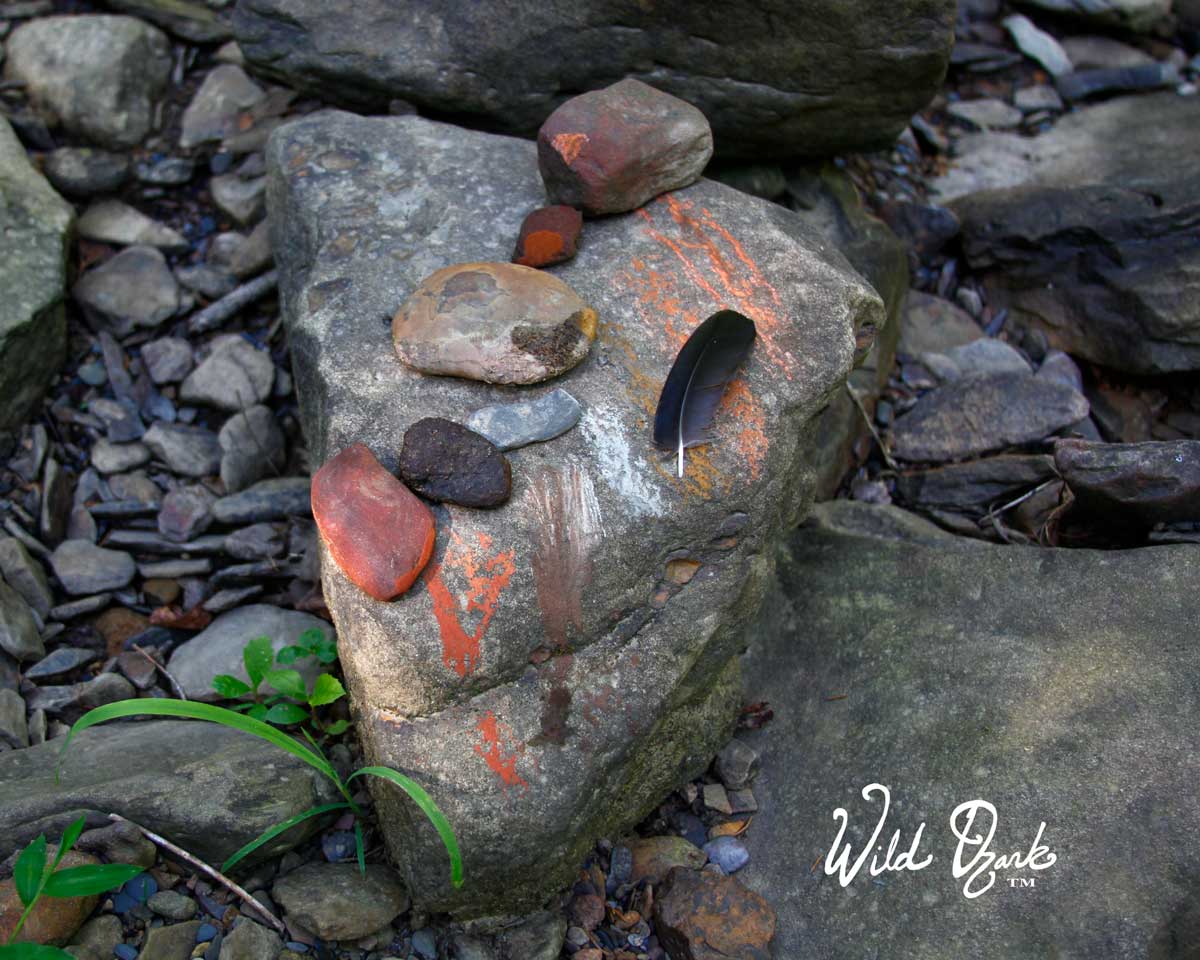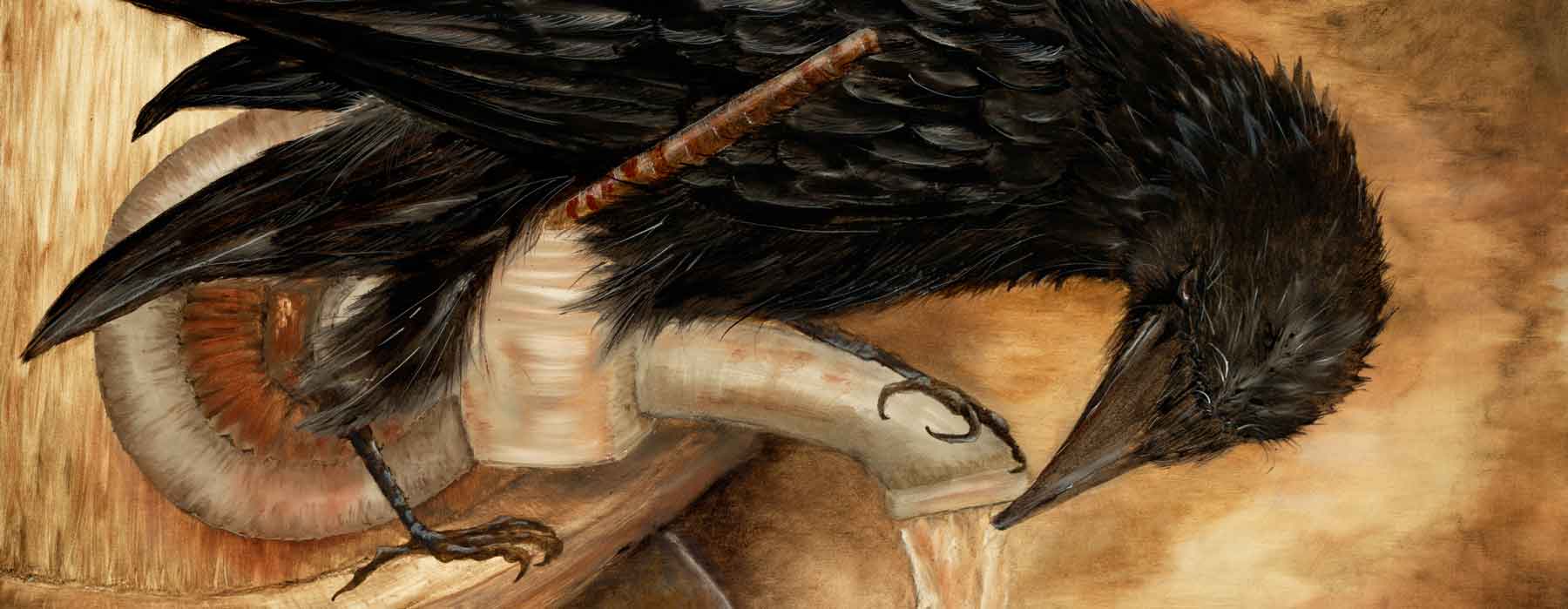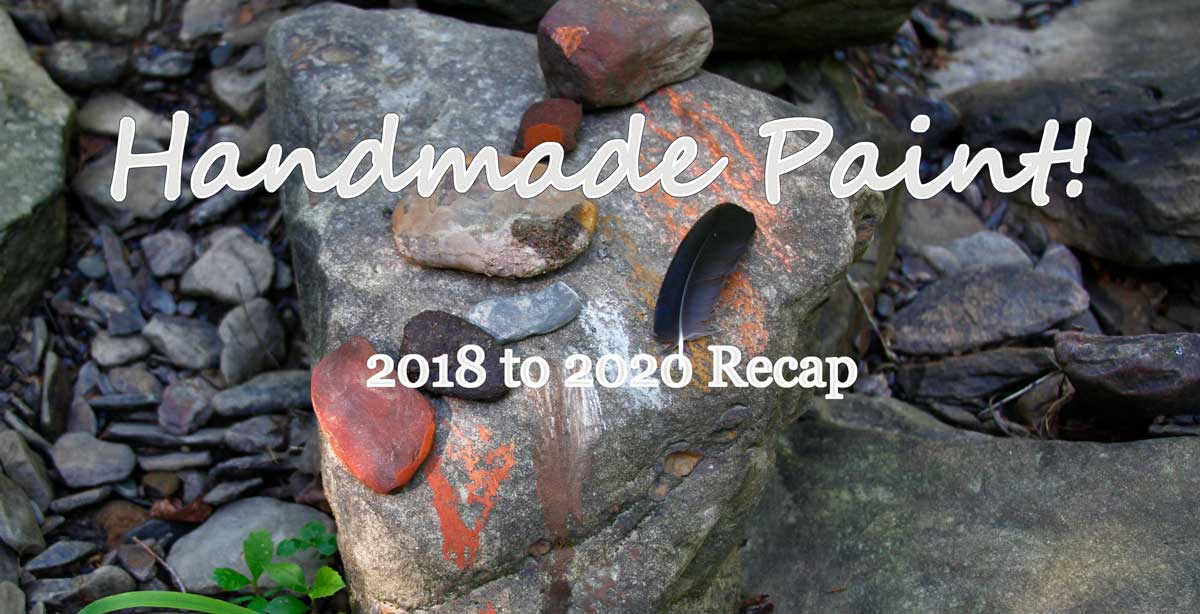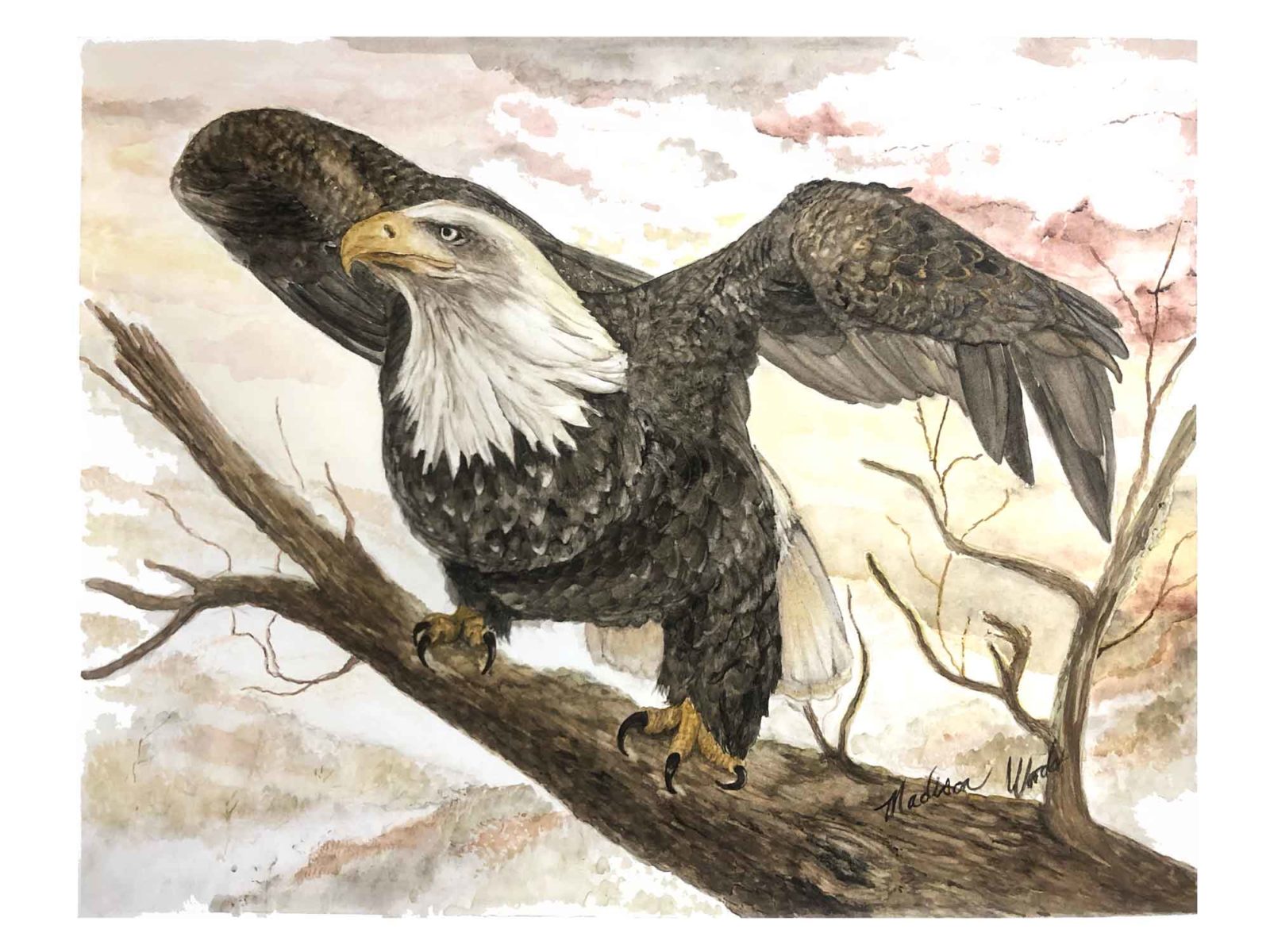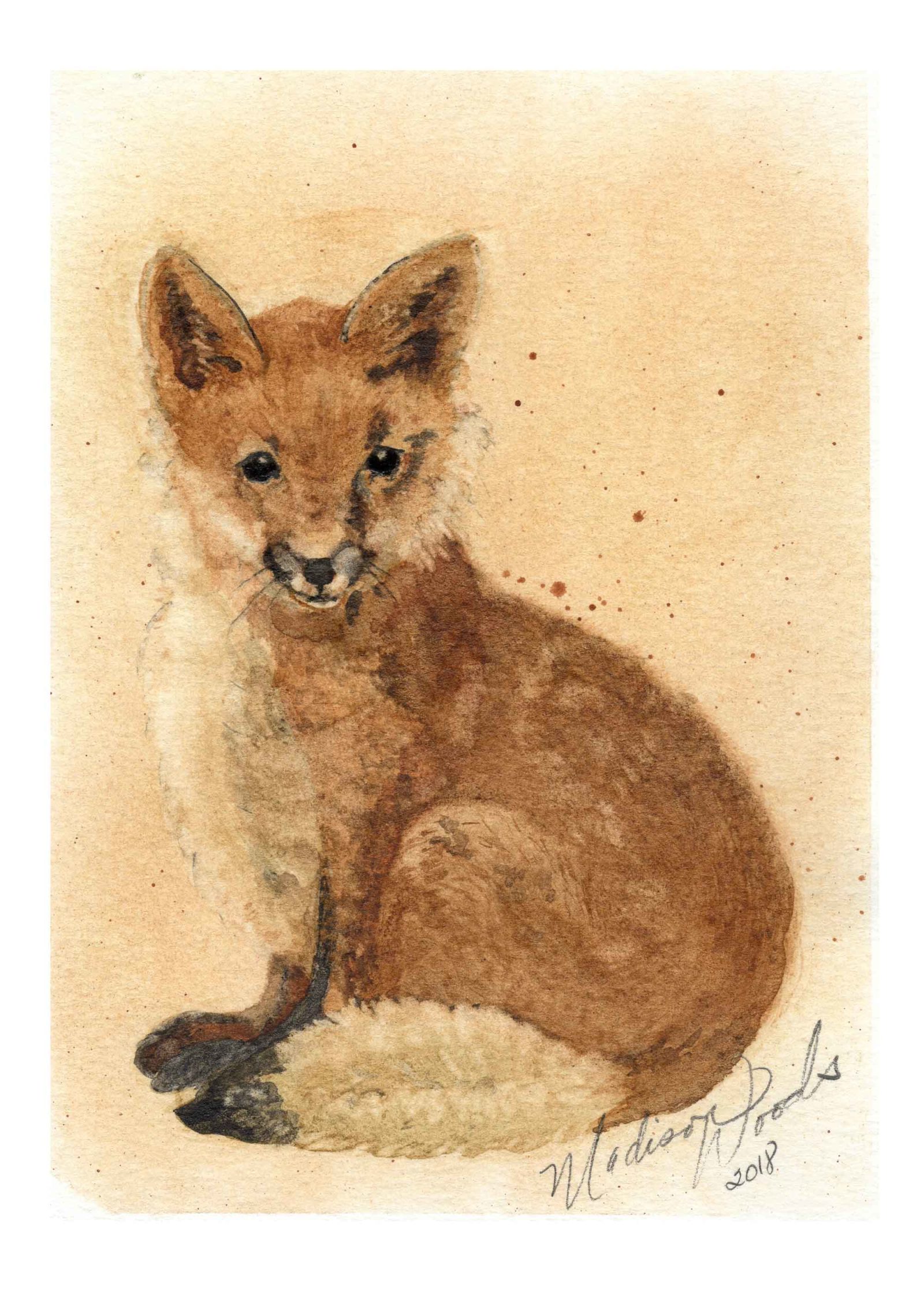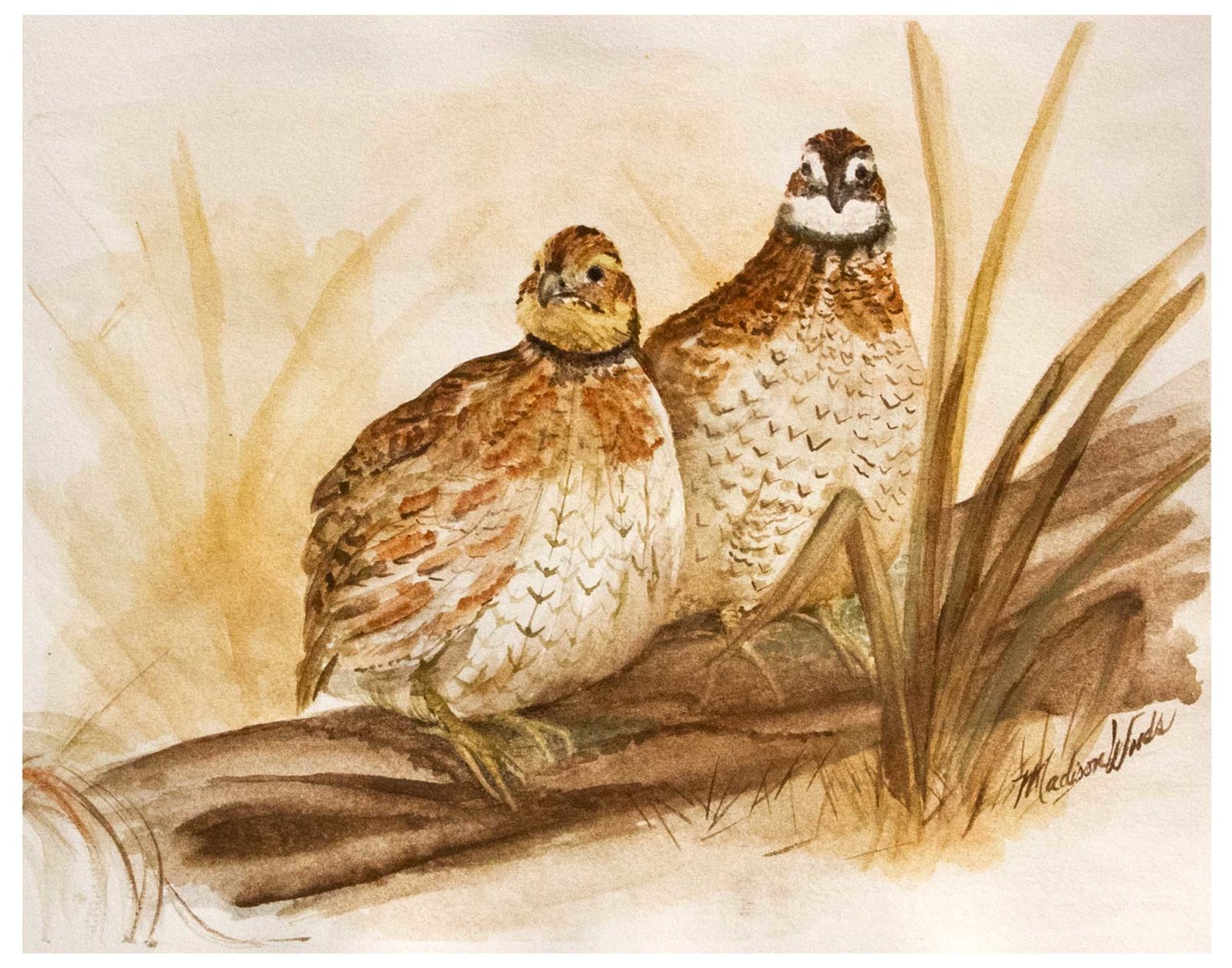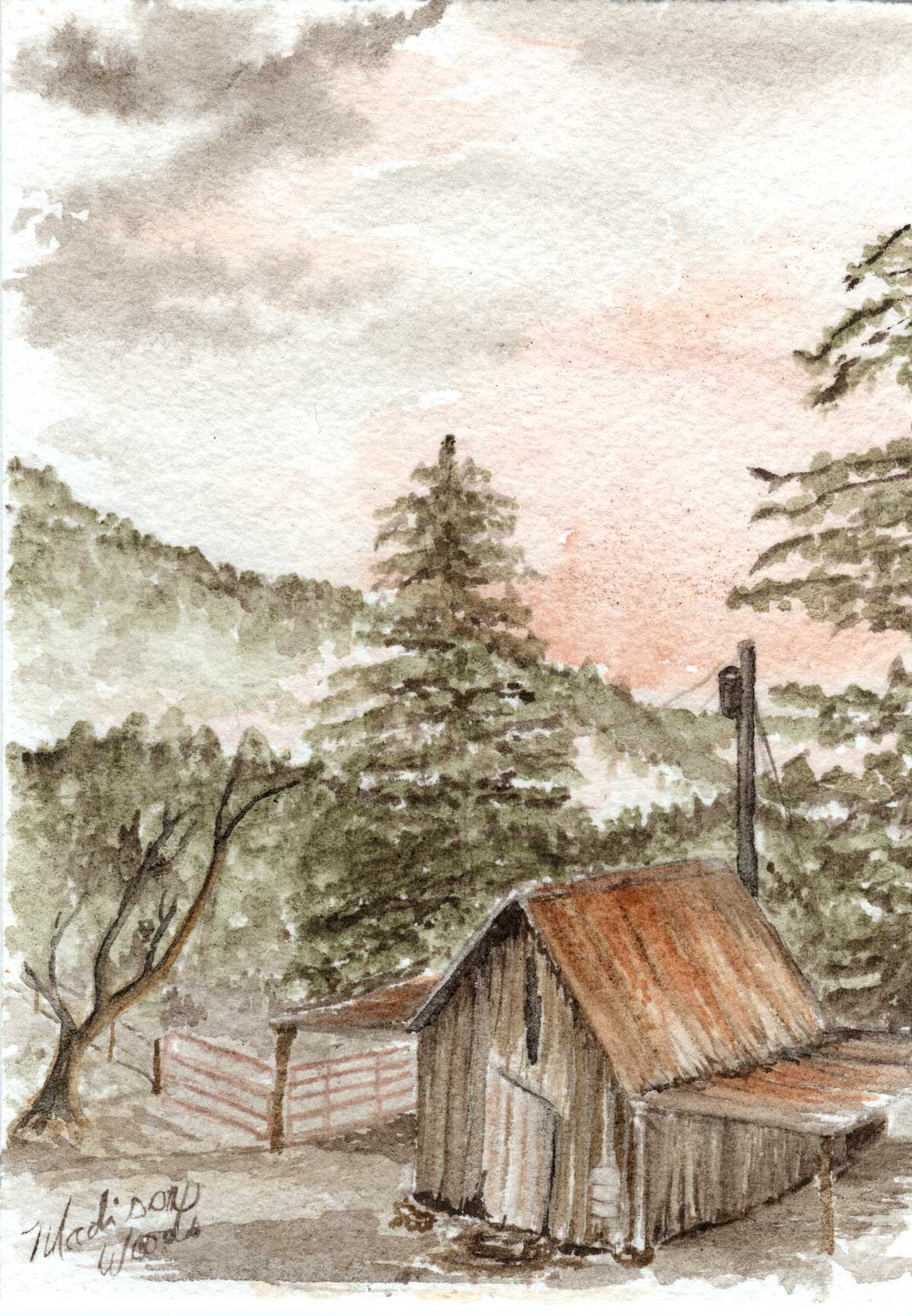In July, I forgot to make a 2-year anniversary post for my adventure of handmade paint and smashing rocks! Can you believe it’s already been two whole years since that first poor little painting? I find the time has flown by on one hand, and on the other, it seems like it has been a really long two years. In that time, I’ve left small-town Kingston, Arkansas for the other side of the globe to Doha, Qatar twice. It was on my first trip there to visit Rob (he is working on the military base there) that I first put a brush to my paints and did a rudimentary first painting of the scene outside our apartment window. It worked! The paints worked, even if the art itself was poor, and that set me off on the adventure of a lifetime.
Each year I like to take a look back and see where I started and what I’ve improved upon. I’ve had a lot of practice with both making handmade paints, and making paintings. Since it all began on my trip in 2018, here’s that first painting. And here’s and another one of a different location from my trip over in early 2020. On the first trip, the first set of paints wasn’t even dry yet and I worried what customs might say about my assortment of sticky paints and powdered pigments. They didn’t care much at all. I don’t even remember if I declared them at all on the second trip.
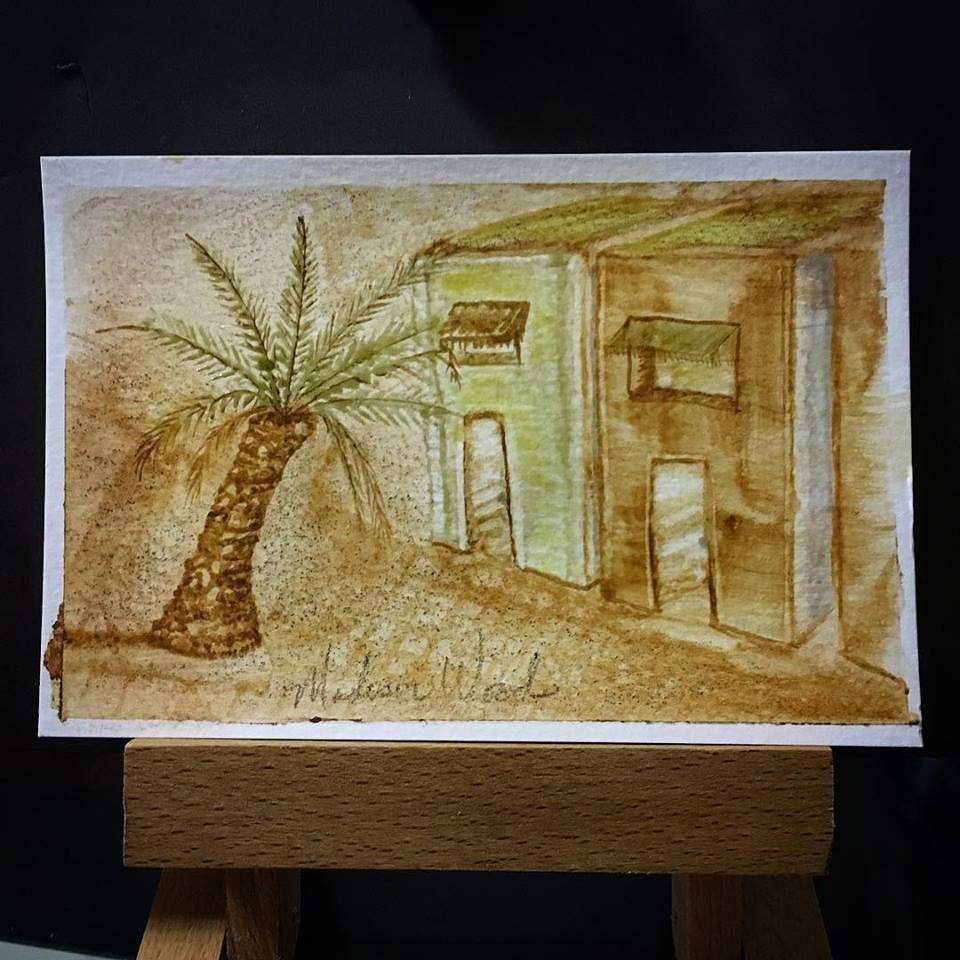
July 2018 
Feb 2020
Began in the Desert, Continued in the Ozarks
So my first painting wasn’t ‘nature’, and I immediately realized perspectives and buildings might not be my ‘thing’. But I liked my palm tree effort alright, ha, and determined to try more of nature and less of urban scenes. The second, third, and fourth paintings were of kestrels. Those worked out nicely, each a little better than the previous. I began to include landscapes in my attempts, and other critters too. I tried some self-portraits, but those all turned out pretty freaky and some were even scary. Ha. Now I continue my collection of raptors and have started a series of game birds, too. I still do landscapes and other critters. There’s even a series of fantastical trees with lots of personality, and I have a few fantasy paintings, too. I like the raptors best and feel they reflect the best of my efforts.
Handmade paint
The biggest improvement I think I’ve made to the paints is in wet-ability and smoothness. As it happened, improving the one actually improved the other. I figured out that some stones weren’t worth the effort to break and grind, some other things like certain charred wood (hardwoods) and most plants weren’t where I wanted to spend my time. And lastly, by figuring out how to make a smoother paint, it also led to one that was easier to wet.
Making it Smoother
The process of learning to make my handmade paint smoother led to the discovery that it also made it wet easier. To top off the benefits, it eliminated a lot of grinding work, too. So what I’ve begun doing for all of my paints is washing the pigments. I use multiple jars and pour off water, leaving sediment behind. It does slow down the timeline from rock-to-pigment-to-paint, but it’s worth it.
First I’ll crush the rock fairly fine. I don’t bother with sieving the crushed pigment anymore. All the bits go into the large pint-sized jar first. Fill that with water, shake well and then pour off the water into quart jars. Leave the crushed rock in the bottom of that first jar and let it dry out. Label that jar (heavies). Depending on how quickly the water in the quart jars settle, I may pour those off into more jars while leaving the sediment already settled into the second set of jars. I usually will combine all the sediment of the second set of jars to one. Label that jar (middles). The third set of jars are (lites). Those often take several days of settling, and sometimes still have a fair amount of pigment clouding the water. If that’s the case, I’ll pour off and leave the sediment and label the final set of jars (super-lites).
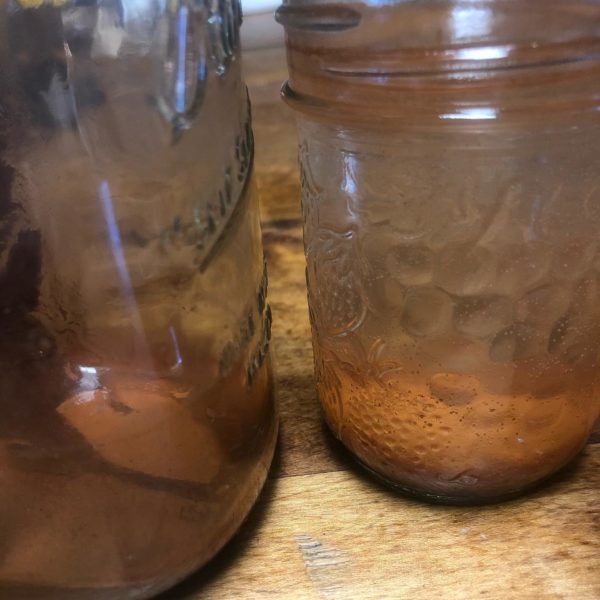
Sometimes the difference in color between the super-lites, lites, and middles aren’t enough to matter. So I’ll combine all of those back to one jar. But sometimes, there is enough difference between them all, or only between middles and super-lites. Most of the time I don’t have enough of starting material to make the lites or super-lites in enough volume to make paint with it right away. So I’ll save those in vials and will add more to it later if I get another rock of a similar color.
Anyway, that’s the process I’ve been using to make the paints and I’m happier with the end results this way. When it’s time to mull, I’ll grind the heavies more, because it’s usually still too rough for paint. But the middles and lites are super fine particles and make a super smooth paint.
Resources
If you’d like to learn how to make your own handmade paint from rocks, clay and other things, I have an introduction on How to Make Paint. It has a link to how to make the binder using gum arabic, honey, and water. This tutorial doesn’t go into the washing of pigments, but is just a way to start learning the basic concepts of making handmade paint. I’ll update it eventually to cover the washing of pigment as opposed to sieving.
To see all the paintings I’ve done since the beginning of this journey, go to my Paleo Paints website and click through the galleries. I have them arranged by year.
There are many others out there in the world making paint from their foraged rocks, but I haven’t found anyone else yet here in Arkansas, and especially not yet in Kingston. Which isn’t surprising, given how small this little town is. Once the pandemic settles down, I’ll start giving workshops again. They’ll begin with the hunting of pigments. Not every rock is a good pigment rock, and from location to location the availability of good ones changes.
From time to time I make enough paints to have some to sell, too. You can see what’s available at this section of my shop.
How to Use Handmade Paints
Although I don’t feel qualified to teach anyone else *how to paint*, because I’m self-taught myself and still have a lot to learn, some people have expressed interest in learning how I use my paints. That’s something I might do once workshops begin again. Before that, though, once the weather cools off, I may begin some plein air get-togethers in this beautiful area. Then we can all just muddle around together, and if anyone who shows up is good at doing this watercolor thing, maybe we can learn from each other. Or maybe not. I’m still relatively new to the painting scene. And I’ve never participated in a group plein air event. Maybe other artists don’t want anyone watching over their shoulders when they’re painting. Maybe we’ll all just leave each other alone and then compare and share afterwards?
Until Next Year
I’ll probably do a little recap like this every year to celebrate the wonderful Ozark pigments and my learning journey in making and using these handmade paints. Eventually I want to try oil paints, and see how our locally foraged stones work for that. But I need more studio space to work with oils and that’s going to have to wait a while. The beauty of watercolors is how easy they are to travel with, use, and clean up. I’ve also been collecting alternative binder materials and would like to experiment more with casein and our wild fruit gums. So there’s no shortage of art and art supply making on the horizon. Thanks for joining me!
